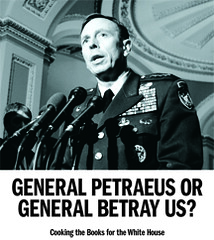Since April 2005, our company has hosted and administered the National Business Community Blog, which is a national news feed that focuses on businesses doing good.
Today, we gave the blog the first phase of a long overdo face lift. More work needs to be done (and we have yet to add every state), but it's a step in the right direction. Everyday, we publish one example of best business giving practices with the hope to inspire more companies to engage in community service.
In other words, we're always looking for best business giving practices from small businesses and large corporations across the nation. We'd be more than welcome to consider your business giving news; just send a release to the e-mail identified on the site.
In addition to sharing business giving ideas, the blog also benefits Nevada Volunteers (The Nevada Commission for National & Community Service), a state commission that administers AmeriCorps programs and generally works to increase volunteerism in our state.
I've been privileged to serve as appointed state commissioner for several years now. You can learn about the latest commission news here, including the recent announcement to name Nevada First Lady Dawn Gibbons honorary chairwoman.
There are other state and national non-profit organizations as well. And that doesn't count more than 300 acts of business kindness we're collected on the site. Drop by some time and let us know if you think we're moving one of our other blogs in the right direction.

Today, we gave the blog the first phase of a long overdo face lift. More work needs to be done (and we have yet to add every state), but it's a step in the right direction. Everyday, we publish one example of best business giving practices with the hope to inspire more companies to engage in community service.
In other words, we're always looking for best business giving practices from small businesses and large corporations across the nation. We'd be more than welcome to consider your business giving news; just send a release to the e-mail identified on the site.
In addition to sharing business giving ideas, the blog also benefits Nevada Volunteers (The Nevada Commission for National & Community Service), a state commission that administers AmeriCorps programs and generally works to increase volunteerism in our state.
I've been privileged to serve as appointed state commissioner for several years now. You can learn about the latest commission news here, including the recent announcement to name Nevada First Lady Dawn Gibbons honorary chairwoman.
There are other state and national non-profit organizations as well. And that doesn't count more than 300 acts of business kindness we're collected on the site. Drop by some time and let us know if you think we're moving one of our other blogs in the right direction.























